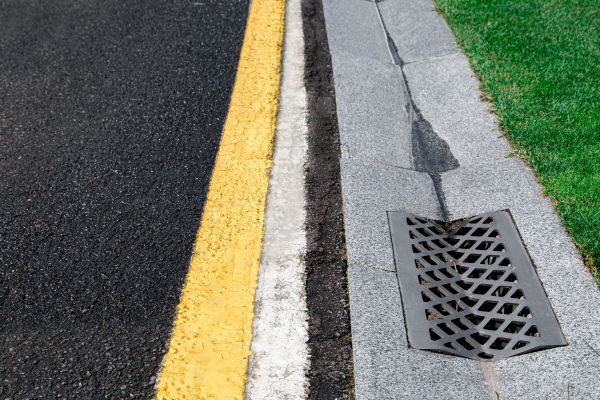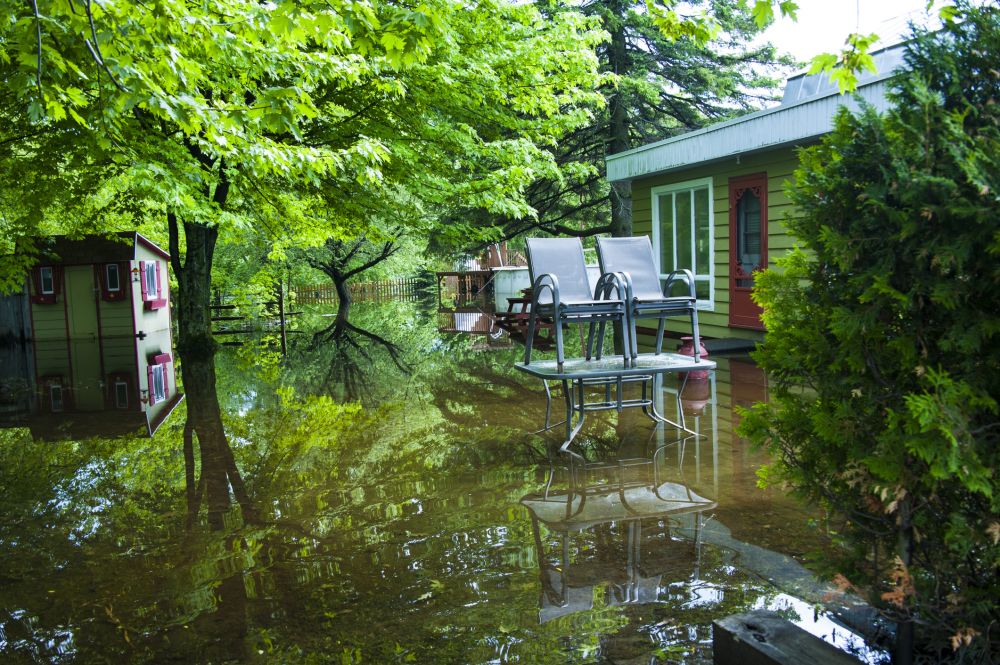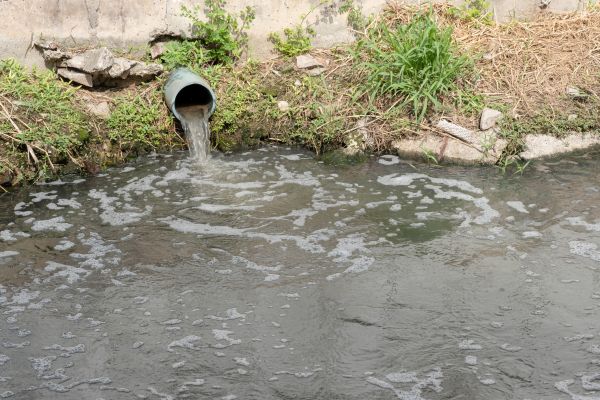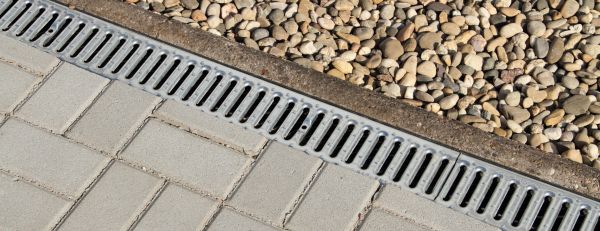Cost of Surface Water Control in Loveland
Surface water control is a crucial aspect of maintaining property and infrastructure in Loveland, OH. Proper management can prevent flooding, soil erosion, and other water-related issues, ensuring the safety and longevity of both public and private properties. Understanding the costs associated with surface water control can help residents and businesses budget effectively for necessary measures.
Factors Affecting Cost
- Topography: The natural landscape of the area, including slopes and elevations, can significantly influence the cost of surface water control.
- Soil Type: Different soil types require varying levels of intervention and materials, impacting overall expenses.
- Project Size: Larger projects typically incur higher costs due to the increased amount of labor and materials needed.
- Regulatory Requirements: Compliance with local regulations and permits can add to the overall cost.
- Existing Infrastructure: The presence of pre-existing drainage systems or other infrastructure can either reduce or increase costs, depending on their condition and compatibility.
- Material Quality: Higher quality materials, though more expensive, can provide better long-term results and durability.
- Labor Costs: Local labor rates in Loveland, OH, can vary and affect the total cost of the project.
- Seasonal Factors: Weather conditions and seasonal variations can impact project timelines and costs.
Average Costs for Common Tasks
| Task | Average Cost Range |
|---|---|
| Drainage System Installation | $3,000 - $10,000 |
| Erosion Control Measures | $1,500 - $5,000 |
| Grading and Slope Adjustment | $2,000 - $7,000 |
| Retaining Wall Construction | $4,000 - $12,000 |
| Culvert Installation | $3,500 - $9,000 |
| Rain Garden Installation | $1,000 - $4,000 |
| Stormwater Management Plan | $2,500 - $6,000 |
| Regular Maintenance and Repairs | $500 - $2,000 annually |
Understanding these factors and average costs can help property owners in Loveland, OH, make informed decisions about their surface water control needs.




